Villa Reale di Marlia
Even in Tuscany, there are corners of still undiscovered beauty, little-trodden paths, so-called minor and yet splendid circuits. The Piana di Lucca is one of them. A strip of land between the reliefs of Monte Pisano, the Montecarlo hill of the Pizzorne Plateau and the hills of Lucca and Versilia, unique for the enveloping spectacle of its landscapes rich in light and color, for the villages and historic villas now reopened to the public. A plain shaped by the Serchio River, which, with its torrential, stormy gait, proceeds between high nineteenth-century margins, among rows of poplars and willows, until it skims the walls of Lucca. To explore these nooks and crannies along the Serchio, visitors can choose to follow the Lucca Versilia Montecarlo Wine and Olive Oil Route, or take the religious paths that, from the Francigena to the Via Matildica del Volto Santo, intersect numerous here. Don’t miss the River Park, a 250-hectare area perfect for biking or horseback riding, or water sports.
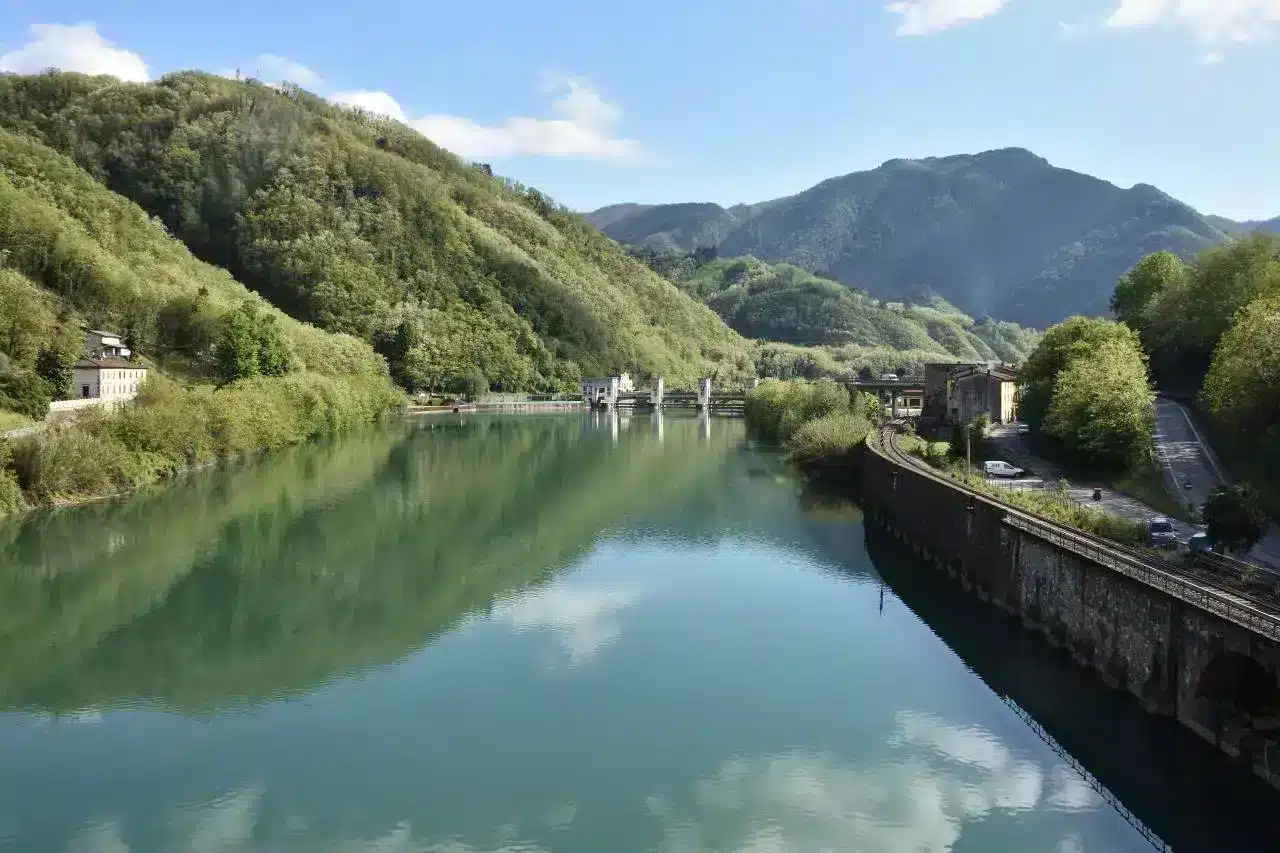
Serchio River in Borgo a Mozzano – Ph. grasso.gino/flickr
Lucca, an intimate and collected city
Lucca lies in the center of the plain of the same name, bordered to the north by the Pizzorne plateau and to the south by the Monti Pisani. It is famous for its many towers, bell towers and Renaissance palaces, but also for the walls that have protected its precious historic center for more than five hundred years. More than four kilometers of fortifications that were created to defend it from warlike neighbors, now transformed into a long promenade to be traveled on foot or by bicycle. But Lucca is an intimate and cozy city that captivates with its splendid Piazza Anfiteatro, the fantastic tree-lined tower of the Guinigi family, its museums-not to be missed is the one dedicated to silk and the Lucca of merchants in Palazzo Mansi, the birthplace of Giacomo Puccini in Corte San Lorenzo, a small but precious Botanical Garden, and the stores in which to indulge in designer shopping. Wine lovers can sample Colline Lucchesi Doc wines, whose history is linked to the aristocratic families who built the sumptuous villas outside the walls.

Monte Carlo, Tuscan wine village
Montecarlo is a charming fortified village, famous for its vines. It was founded in 1333 by the future emperor Charles IV of Bohemia, from whom it takes its name, and its history has always been linked to that of its wine, which even in Renaissance times was served at the court of Cosimo de’ Medici and at papal tables in the Vatican, fetching higher prices in Tuscan markets than any other wine. It was around 1870, however, that a passionate Montecarlo winemaker, Giulio Magnani, left for France to study the advanced winemaking techniques from beyond the Alps and then experiment, once back home, with the right formula to produce the softer, more fragrant wine that over fifty years ago was awarded the Denominazione di origine controllata. Montecarlo’s is one of the oldest DOCs in Italy, but also one of the smallest: two hundred and ten hectares of vines, including the villages of Montecarlo, Altopascio, Capannori and Porcari, and about fifteen wineries.
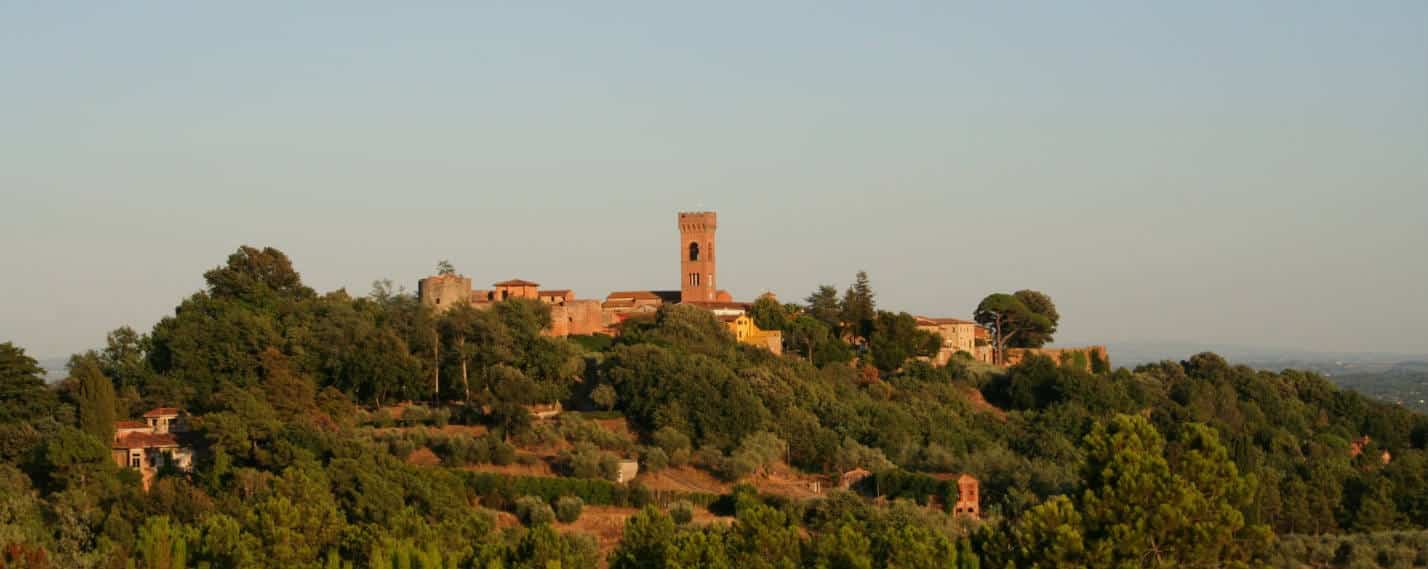
Porcari and Altopascio, between culture and good food
Porcari is a village on the Via Francigena, developed on the shores of the ancient lake of Sesto, now disappeared and supplanted by a plain crossed by paths through fields and groves. It is known for its paper mills and for being at the center of the vast archaeological area of the “Park of the Hundred Roman Farms,” famous for the remains of rural villas from the Roman period and for evidence of the Bronze Age. One of the symbols of Porcari is the imposing church of San Giusto, built in the middle of that hill, the Torretta, from which the entire plain of Lucca can be embraced with a single glance. Bread, on the other hand, is the symbol of the village of Altopascio. That Tuscan bread strictly without salt, with its crunchy, golden crust. At one time this bread was the essential sustenance of pilgrims who, along the Via Francigena, found refuge precisely in the famous Spedale di Altopascio. Today it is enjoyed with delicious sauces prepared with local vegetables-canestrino tomato, bruschetta, cannellini beans-, with Garfagnana cured meats or with evo oil.

Capannori, author trekking
Walks in the open air, stops at agritourism farms that produce excellent wine and oil, discovery of enchanting villages and historic villas. The Capannori countryside is a concentration of experiences, all to be savored at a leisurely pace, along the loop trails that run from the hills to the Pizzorne Plateau. One of the most evocative is the path of the Villas to the north, dotted with architectural gems such as Villa Bernardini, Villa Oliva, Villa Grabau, and Villa Reale, and pushing east, it touches on Villa Orlando, Villa Mansi, Villa Bruguier, and Villa Torrigiani. Instead, following the course of Rio San Quirico one can admire the Nottolini Aqueduct, while advancing southwards one reaches the hamlets of Pieve and Sant’Andrea di Compito, known as Borgo delle Camelie, with its splendid botanical garden that hosts camellias from all over the world and initiatives dedicated year-round to the splendid flower. In September, don’t miss the jaw-dropping Festa dell’Aria, with challenges in the skies between hot air balloons, glider acrobatics, exhibitions and children’s games.

Villa Torrigiani
Villas of the Lucchesia, sumptuousness to be discovered
Around Lucca one can visit the magnificent villas built by nobles to spend peaceful stays there. The first buildings sprang up as early as the 15th century, but it was during the Renaissance that the hills were populated with hundreds of sumptuous mansions set in lush gardens, most of which are now open to the public and locations for exhibitions and cultural events. One of the most famous is Villa Reale di Marlia, in the Capannori countryside, once the residence of Princess Elisa Bonaparte, Napoleon’s sister, who transformed the palace into a neoclassical jewel. Luxurious, exuberant, and scenic, on the other hand, is Villa Torrigiani, in Camigliano, on the outskirts of Capannori. Built for the Buonvisi marquises, it became a Baroque building worthy of Versailles thanks to Nicolao Santini, ambassador to the court of the Sun King. He was responsible for the scenic facade with fan-shaped staircase and the magnificent Flora garden with its nymphaeum and exuberant water features.
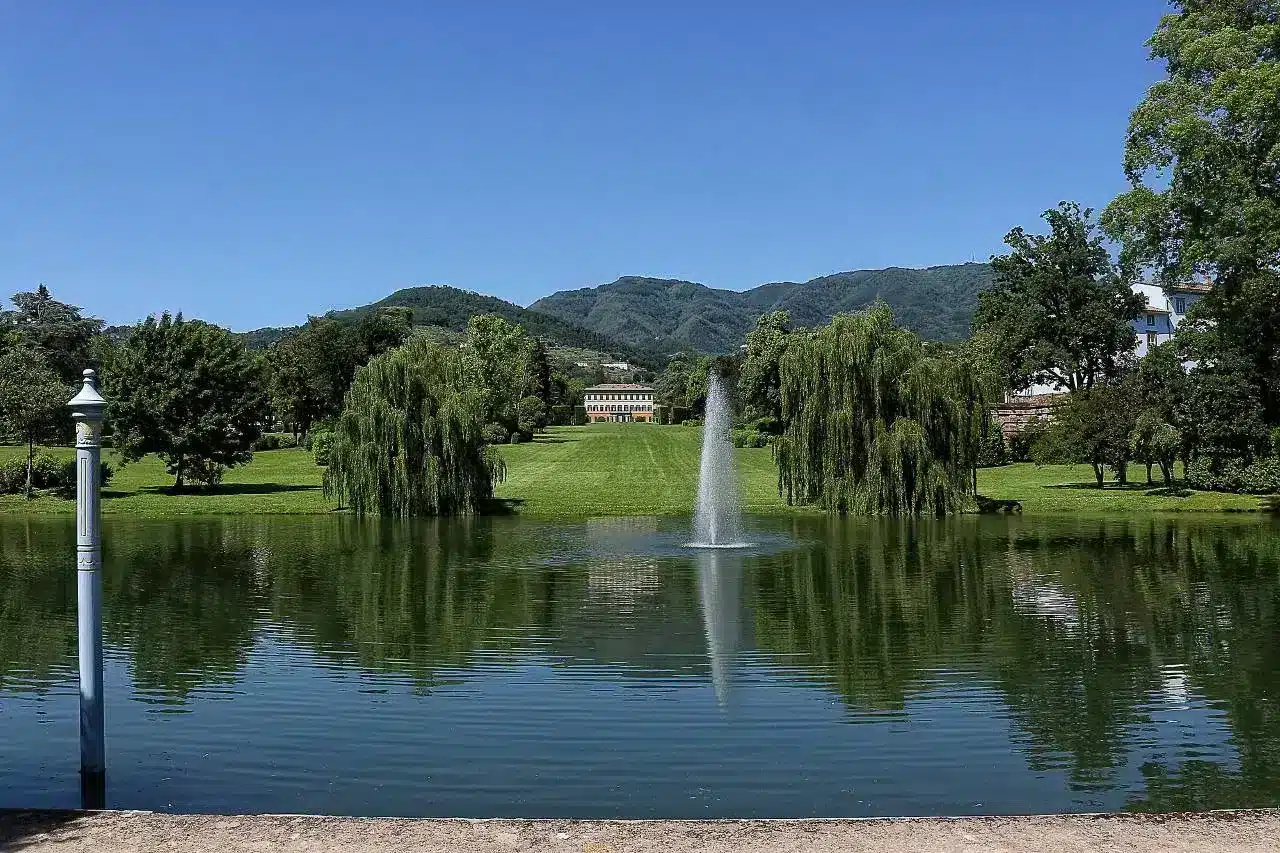
Villa Reale di Marlia
Villa Basilica, village of swords and paper
When struggles between communes and rivalries between lineages were the order of the day, Villa Basilica was renowned for the skill of its gunsmiths in producing the best swords in all of Tuscany. Today that warlike time is only a memory, the village’s notoriety is mainly linked to the presence of the oldest paper mills in the Lucca area-which can be visited on an interesting industrial archaeology tour-and the creation of paper-straw. It was invented by a local pharmacist, Stefano Franchi, who, in order to make up for the shortage of rags and cloths, decided to use straw to create the humble material still used today to wrap fruit, serve cartocci of fried food or as a tablecloth in taverns.
The paths between faith, art and nature
The Plain of Lucca is a land rich in paths that mix spirituality, hard work, but also well-being and contact with nature. There is the very famous Via Francigena, which right here rejoins other fascinating historical-religious routes. Those who want to retrace even just a piece of it or savor its spirit cannot help but stop in the village of Altopascio and visit the famous Spedale with the church of San Jacopo and the bell tower that, even today, rises as high as a lighthouse, just as it did in the Middle Ages with the pilgrims heading to Rome. But among the paths of faith, also worth mentioning is the Cammino di Santa Giulia, an evocative journey that traces the translation of the saint’s relics from Tuscany to Lombardy. Not forgetting the Via Matildica del Volto Santo, which culminates in the Cathedral of Lucca, where the venerated wooden statue of the Holy Face is kept. Finally, a concentration of art, history and nature is the Cammino di San Jacopo, which runs along the route of the ancient Via Cassia.
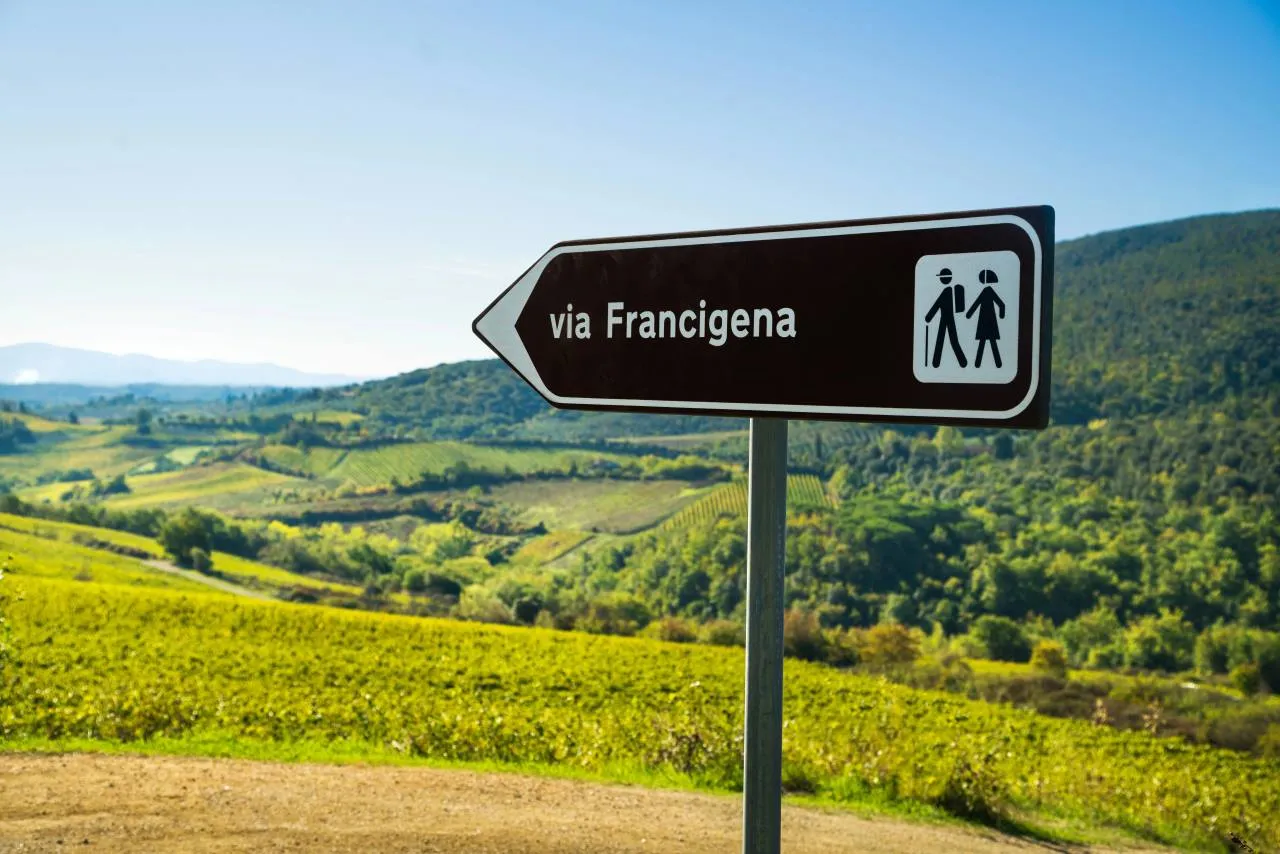


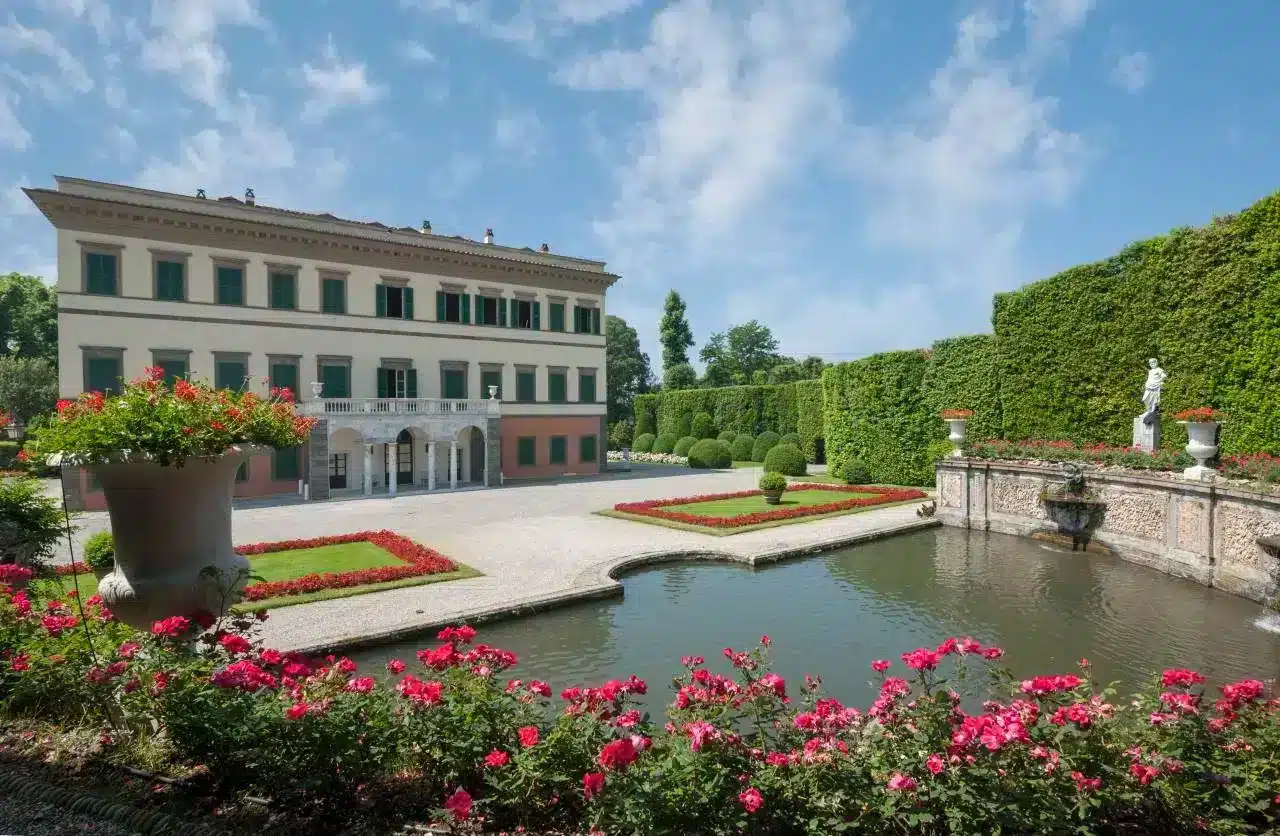
0 Comment